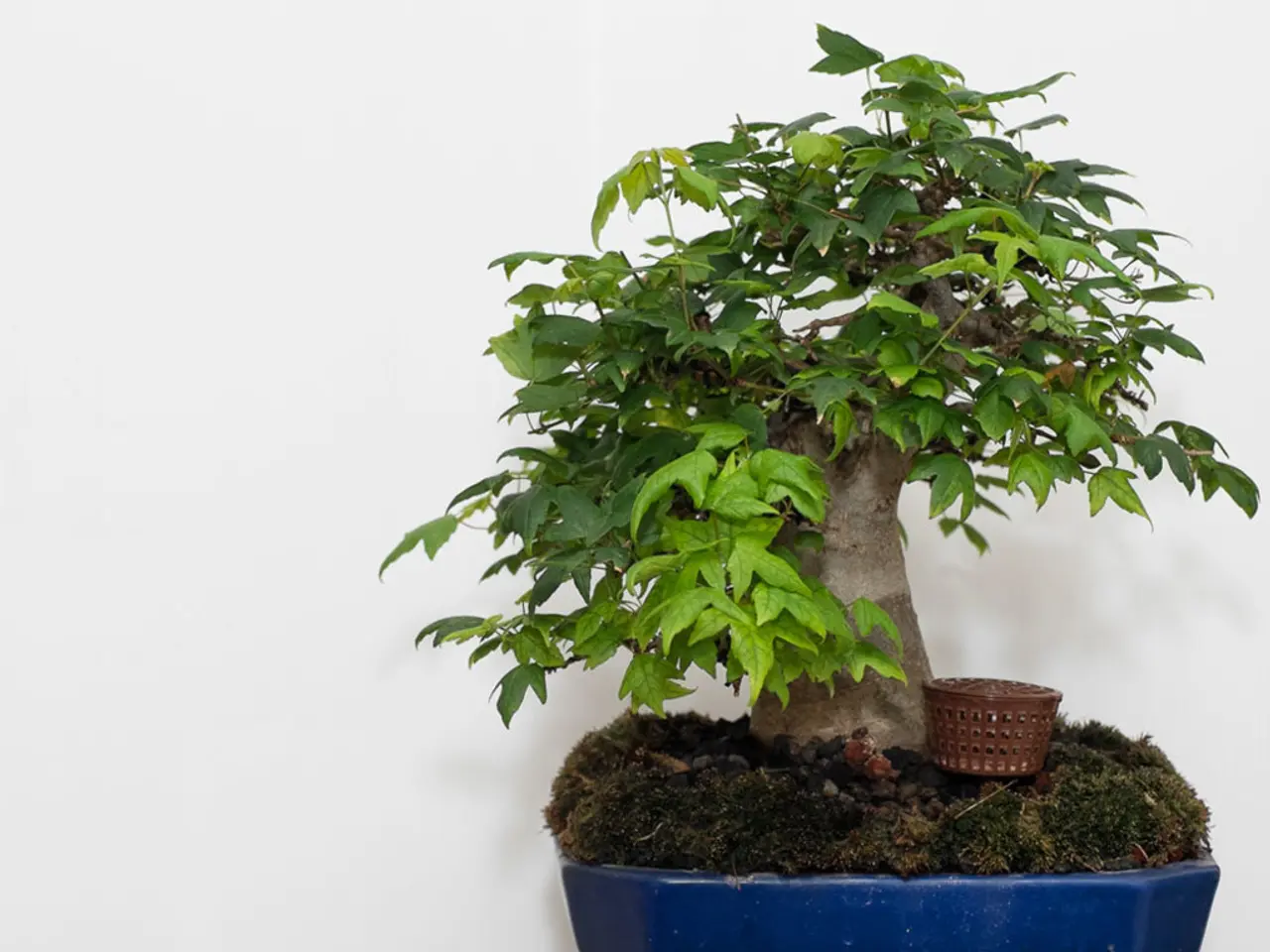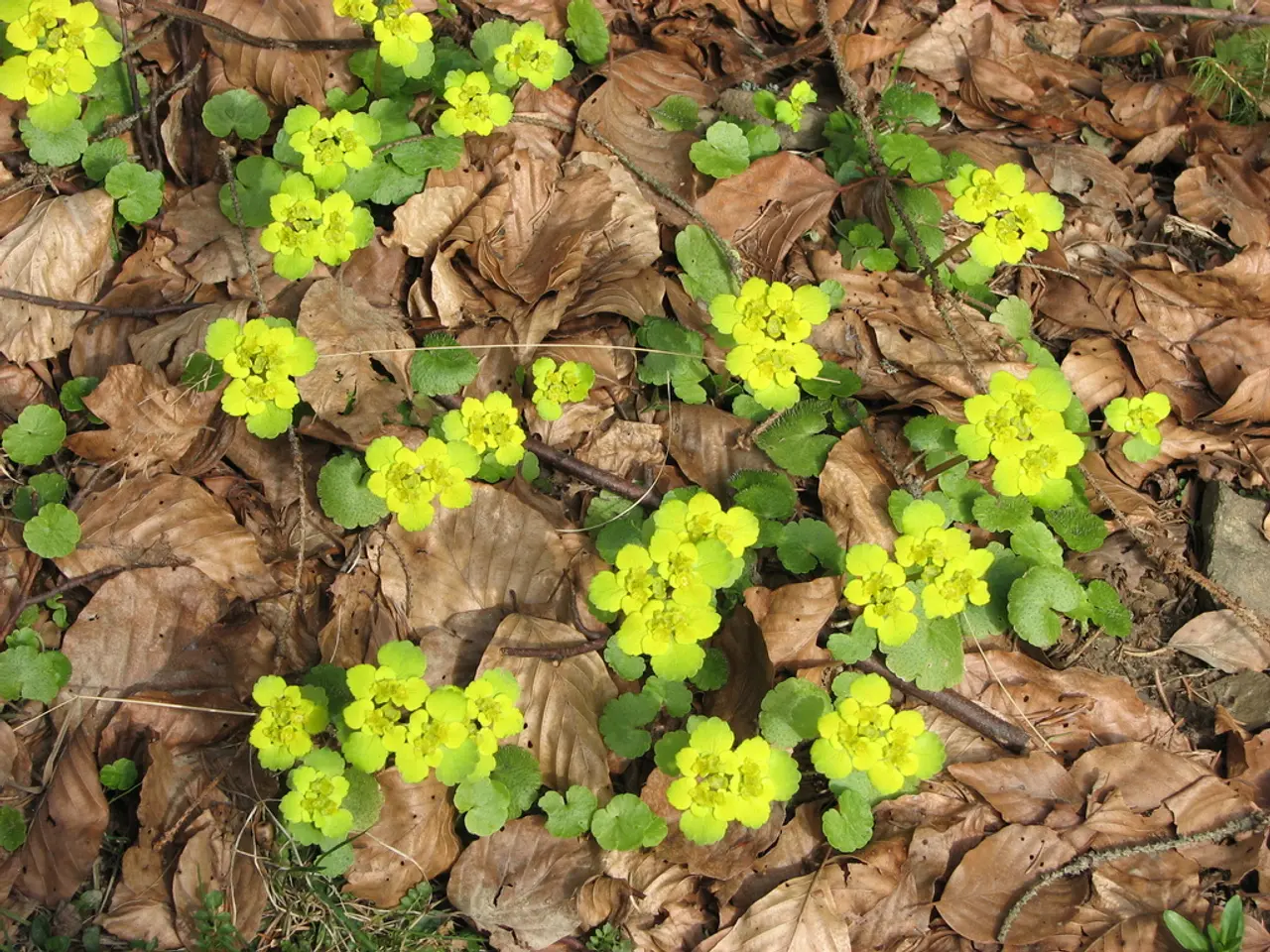Guide to Growing Carrots from Seeds to Harvest: A Step-by-Step Process
Growing Carrots Like a Pro: The Ultimate Guide
Embrace the thrill of cultivating your very own carrots in your garden with this easy-peasy guide!
Carrots are an all-time favorite for many gardeners, and for good reason - they require minimal maintenance, are versatile, delicious, and can be stored for long periods, making them perfect for any self-sufficient homestead.
Let's dive in!
The Delicious Joy of Homegrown Carrots
Nothing compares to the taste of fresh carrots plucked right from your very own garden. As with most plants, the variety available when you grow your own is far more extensive than what you'll find at your local store. Thanks to their diverse range, carrots come in colors like purple, red, white, yellow, and shades of orange, each with its unique flavor profile, crunch, and preservation abilities.
But carrots can be a tricky little devils to cultivate for some gardeners, especially for those with clay soil. Don't worry, though - we've got your back!
Overcoming the Challenges of Growing Carrots
We struggled with carrots in our newly created garden bed on our clay soil. But then we built raised beds filled with loose, sandy loam soil, and voila! The carrots started growing like wildfire!
If you've got the patience and are willing to learn a few tricks, you'll be harvesting these gems in no time.
Cartoon Catalogue: an Overview of Different Carrot Varieties
Carrots are categorized based on their shape and size, and there are a bunch of colorful varieties to choose from. Here's a lowdown on the most common ones:
- Danvers: These are the classic carrots we all know and love, long and skinny with a point at the bottom. They're slightly more tolerant of poor soil than other varieties.
- Imperator: This type is typically what commercial growers prefer due to its high sugar content. The greens grow quickly, and it's similar to the danvers variety.
- Nantes: Unlike danvers and imperator carrots, these are perfectly cylindrical and grow to be the same thickness from top to bottom. They're named after the region in France where they originated and grow quickly.
- Ball or Mini: These are miniature carrots, about 3 to 4 inches long and resembling radishes. They're ideal for container growing.
- Chantenay: These are great for gardeners struggling with poor soil since their roots grow about 7 inches long. However, they should be harvested according to the instructions on the seed packet for a yummy taste, or they can become woody. They have excellent storage abilities in comparison to other varieties.
We like to mix things up by growing different varieties that span all types, including black nebula, atomic red, a sweet type, and even a rainbow packet of seeds for a fun surprise!
The Art of Growing Carrots: Tips and Tricks
Planting Timing:Carrots love cooler weather, so they're best planted in early spring or for an autumn crop in most climates. In warmer climates, carrots can be grown throughout the winter months. Just be sure to provide a bit of shade during the hotter afternoons to help keep the soil cool.
Selecting a Site and Preparing Soil:Carrots thrive in loose, loamy, sandy soils with full sun (although they can tolerate some shade during the hotter days). Overly rich soil can cause the carrots to branch and split, so it's best to just toss the seeds in, water them, and let them grow. If you don't have great soil for carrots, consider building raised beds or amending the soil with compost.
How to Plant:Carrots must be sown directly into the garden and are super lightweight. Plant them in rows using seed tape for easier planting, or scatter them throughout the soil. Just remember to thin the crop a bit after they sprout to give the stronger carrots space to grow.
Harvesting and Storing:Carrots harvest in 3-4 months, depending on the variety and growing conditions. Use a finger to test the size of the roots, and if they're about thumb-width in diameter, they're ready! If you leave them in the ground over the winter, they'll flower and produce seeds in the spring, which you can collect and save for the next season!
Homegrown carrots are an absolute delight and are a must-have for any self-sufficient garden! Want more ideas on how to reconnect with nature, food, and the heritage way of life? Join our thriving Facebook group, The Self Sufficient Life! You can join here: The Self Sufficient Life Facebook Group
Attaching the Savor of Homegrown Carrots to Your Daily Food-and-Drink RoutineIncorporating fresh, garden-picked carrots into your meals spices up your cooking lifestyle, offering a distinct flavor profile that store-bought alternatives can't match.
Expanding Your Lifestyle with Gardening and Cooking SkillsGrowing your own carrots not only enriches your home-and-garden activities but also adds an exciting new dimension to your recipes.
Becoming a Master Gardener and Chef-in-TrainingWith the knowledge you gain from growing, harvesting, and cooking with homegrown carrots, you'll be well on your way to embracing the self-sufficient lifestyle of a homesteader.








